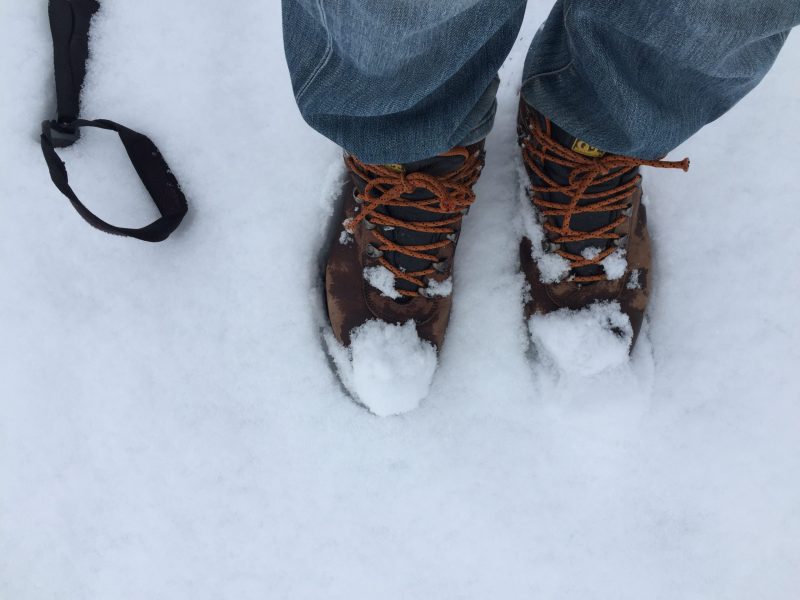We Used to Eat Two Meals a Day in Japan
Apparently, we used to eat only two meals a day in Japan until around 1700. We didn’t have breakfast and had lunch around noon and had dinner around 4 pm.
Wow, this is exactly intermittent fasting, isn’t it? It is even longer than 16 hours fast, it is around 18 or 19 hours fast.
The reason why they had such an early dinner was that they didn’t have light at night and they went to bed as soon as it got dark. They really lived with the natural rhythm.
This is the second week of my 16-hour fast, and it is still good. I think I can continue with this diet. I feel much better than having three meals a day.

Going Nordic walking followed by HIIT style bodyweight training in the morning works fine, too. This is the third day since I began this routine, and I feel fantastic.
As for the menu of lunch and dinner, the plant-based style I described a few days ago seems to be the best. We don’t get the recommended amount of daily protein intake with this menu, but that seems precisely the point David Sinclare is making that this insufficiency activates your vitality genes. I have been following this diet for a few days, and it feels great so far. I always felt the recommended daily protein intake was too much.
The weekend begins tomorrow, and I’ll take a break for two days. I am looking forward to having breakfast tomorrow morning. This rhythm seems to work the best for me, too. Monday to Friday 16-hour fast and break on the weekend. If you feel insufficient in your protein intake, you can always catch up on the weekend with this method. And you can always have nuts for your snack between lunch and dinner. Normally, with three meals a day diet, I recommend that you skip snacks, but with two meals a day diet, you can have it since you have rested your guts during your 16-hour fasting.
The Ikigai Diet: The Secret Japanese Diet to Health and Longevity
POD Paperback
https://www.amazon.com/gp/product/4991064864
Kindle

